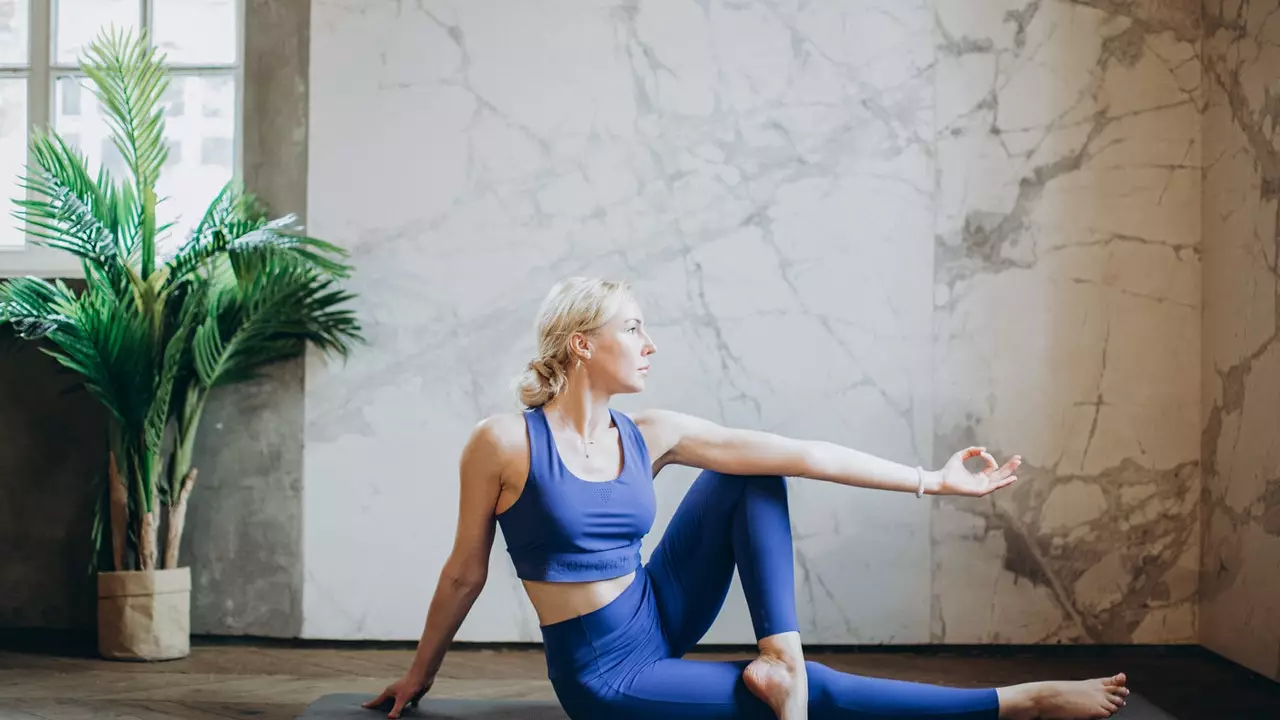Health Benefits of Yoga
Want less stress, better sleep, and a stronger body without heavy workouts? Yoga can do that. This page breaks down the real, practical health benefits of yoga and gives simple moves you can try right away. No fluff—just clear steps and safety tips so you get results without hurting yourself.
What yoga helps with
Yoga combines movement, breath, and focus. That mix improves posture, builds gentle strength, and increases flexibility. It also helps circulation and digestion by moving the body in safe ranges. Many people notice less back pain and fewer headaches once they build a steady routine.
Mental health changes too. Slow breathing and short meditation reduce stress and calm the nervous system. Clinical trials show meditation and paced breathing often lower blood pressure and resting heart rate in people with mild hypertension. That makes yoga a useful tool alongside medical care—not a replacement for it.
Any age can benefit. Toddlers, teens, busy adults, and seniors can do modified practices. There’s no universal “best” pose—choose what helps your body today. If you’re older or have chronic issues, pick gentle styles like restorative or chair yoga and work with a teacher who knows modifications.
Simple practices you can start today
Start small: five to twenty minutes a day beats a long session once a month. Try this quick routine for daily results—breath work, two standing moves, and a short cool-down.
1) Box breathing (2–3 minutes): inhale 4 counts, hold 4, exhale 4, hold 4. Repeat. It lowers stress fast and helps blood pressure over time.
2) Sun-salutation-lite (5 minutes): gentle forward fold, half lift, low lunge each side, and downward dog. Move with breath—this warms muscles and improves circulation.
3) Core and balance (5 minutes): plank to knees or tree pose. These build stability and protect your back and knees.
4) Cool down (3 minutes): child’s pose or lying twist with slow breaths. Finish seated and notice how your mind feels calmer.
Want a specific fix, like knees slipping in crow pose? Focus on wrist warm-ups, engage the core, and press the inner thighs together. Use a towel under hands for extra grip. These small adjustments make big differences.
Thinking about classes or teacher training? Beginners often benefit from in-person feedback, but online classes work well if you need flexibility. If you plan to teach, a 200-hour training deepens your practice and teaches safe, effective instruction.
Quick safety notes: if you have high blood pressure, heart issues, or recent injuries, check with your doctor before starting. Start slow, ask for modifications, and stop if something sharp or sudden hurts.
Yoga isn’t a magic pill, but regular practice gives clear, measurable health benefits: lower stress, better sleep, more strength and flexibility, and improved blood pressure control for many people. Try small, steady steps—your body and mind will notice the difference.
Does 15 minutes of yoga daily make any difference?
Alright folks, let's talk yoga, and not just any yoga, but the quick 15-minute daily stretch. It seems like a short amount of time, right? But, believe it or not, it can make a world of difference. It's like giving your body and mind a mini vacation each day. So, grab your mats and let's dive into the stretchy world of yoga - where you'll find increased flexibility, stress relief, and a surprising boost in happiness - all in just a quarter of an hour. And remember, the best yoga pose is the one where you reach for the chocolate afterwards!
